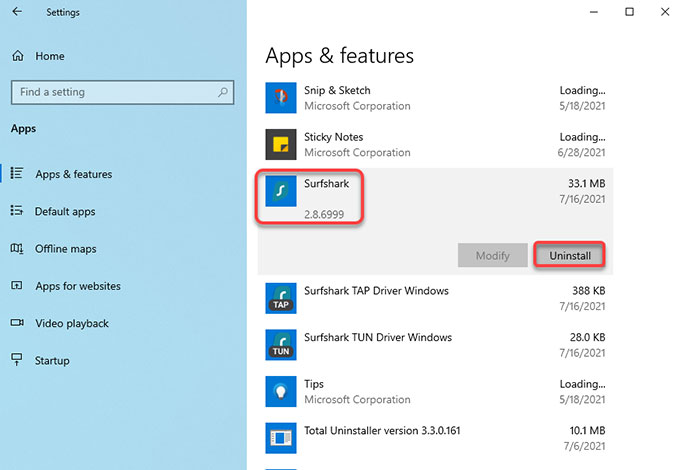

- #Surfshark ubuntu install how to#
- #Surfshark ubuntu install update#
- #Surfshark ubuntu install manual#
- #Surfshark ubuntu install software#
The script then fails to load the new (or the old) app because it's using the old, stale, unencrypted repository in the manual script, for quite obvious reason.
#Surfshark ubuntu install update#
Unfortunately, the manual update script deletes your old Shurfshark FIRST. So, I went to the website for manual update scripts and executed with simple copy-pastes. The terminal window popped up and claimed to have a successful install, but would not run the new app even after an OS restart and hardware reboot.

So I was glad when I received notice to update from ver 1.2.3 to ver 1.2.6 today in the GUI. It's been showing for the Surfshark repository for months. They do not have their repositories properly key encrypted. The other methods are more complex, especially the third one involving Linux's Terminal, which seems more suited for advanced users.Īlso, chances are you have non-Linux devices at home.I am really not happy with Surfshark, among other Linux FOSS providers, atm. That said, using the VPN's native app should always be your first choice, as that's how you'll get the most secure VPN tunnel possible. In this guide, we offered 3 methods to set up ExpressVPN on Linux.
#Surfshark ubuntu install how to#
How to Install ExpressVPN on Maui Linux. How to Install ExpressVPN on Parrot Security. How to Set Up ExpressVPN on Peppermint OS. How to Set Up ExpressVPN on Ubuntu Studio. How to Install ExpressVPN on Linux Mint. How to Set Up ExpressVPN on Raspberry Pi. We offer guides for all Linux distros that work with ExpressVPN, so here they are: That's it! How to Set Up ExpressVPN on Linux DistributionsĮxpressVPN works on a range of Linux distributions, being available as a command-line app in most cases. Your connection will become active once you see the " Initialization Sequence Completed" message. Provide your OpenVPN username and password. Launch OpenVPN using the following command: " $ sudo openvpn -config //my_expressvpn_.ovpn -script-security 2 -up /etc/openvpn/client.up -down /etc/openvpn/client.down." Replace the section.ġ0. Start by using the following command first: " $ sudo cp /usr/share/doc/openvpn/contrib/pull-resolv-conf/client."ĩ. You'll now need to use a series of commands to configure your DNS. Launch Terminal and input this command: " $ sudo dnf install OpenVPN."ħ. Subscribe to ExpressVPN using your computer and any Web browser.Ħ. Using ExpressVPN's command-line application for Linux should be your primary route to go, especially if you want the best privacy protection. Method #1: Install ExpressVPN's Linux Application Method #3: Set Up ExpressVPN via Terminal. Method #2: Set Up ExpressVPN via Ubuntu Network Manager. Method #1: Install ExpressVPN's Linux Application. These are the options available at the moment: How to Set Up ExpressVPN on LinuxĪs mentioned above, there are 3 ways to set up ExpressVPN on any Linux distribution. However, you should always go for the native application for the highest level of privacy protection.Īlso, remember that ExpressVPN works on Ubuntu (all LTS and interim releases supported by Ubuntu's support window), Debian 9 and 10, Fedora 34, Arch (the latest rolling release), Raspberry 9 and 10, as well as Linux Mint 20.1 (including Linux Mint Debian Edition 4). #Surfshark ubuntu install software#
We're talking about a command-line application, which means you'll interact with ExpressVPN's servers on your Linux through easy-to-remember commands.Īside from using ExpressVPN's native software for Linux, you can set up the VPN manually using Ubuntu's Network Manager or Linux's Terminal. You can set up ExpressVPN on Linux by downloading and installing its native app.






 0 kommentar(er)
0 kommentar(er)
